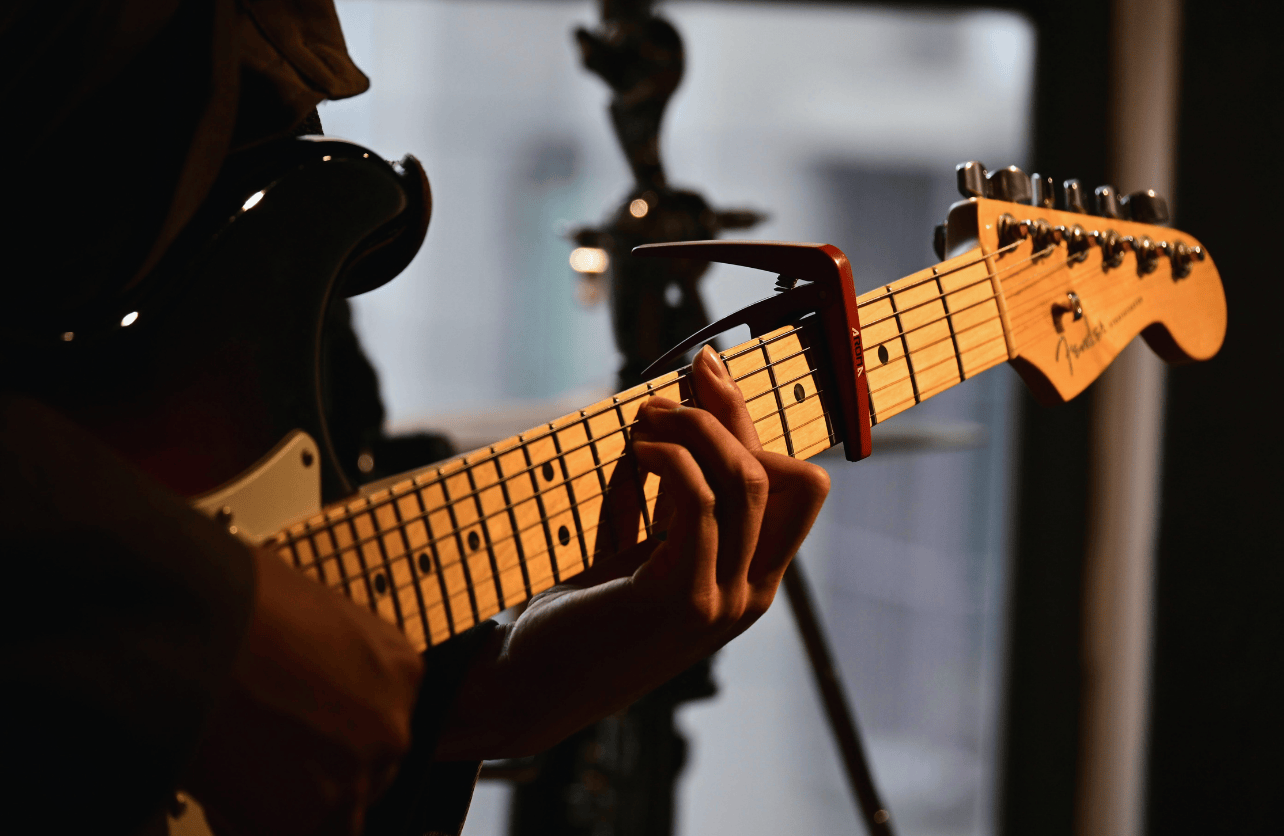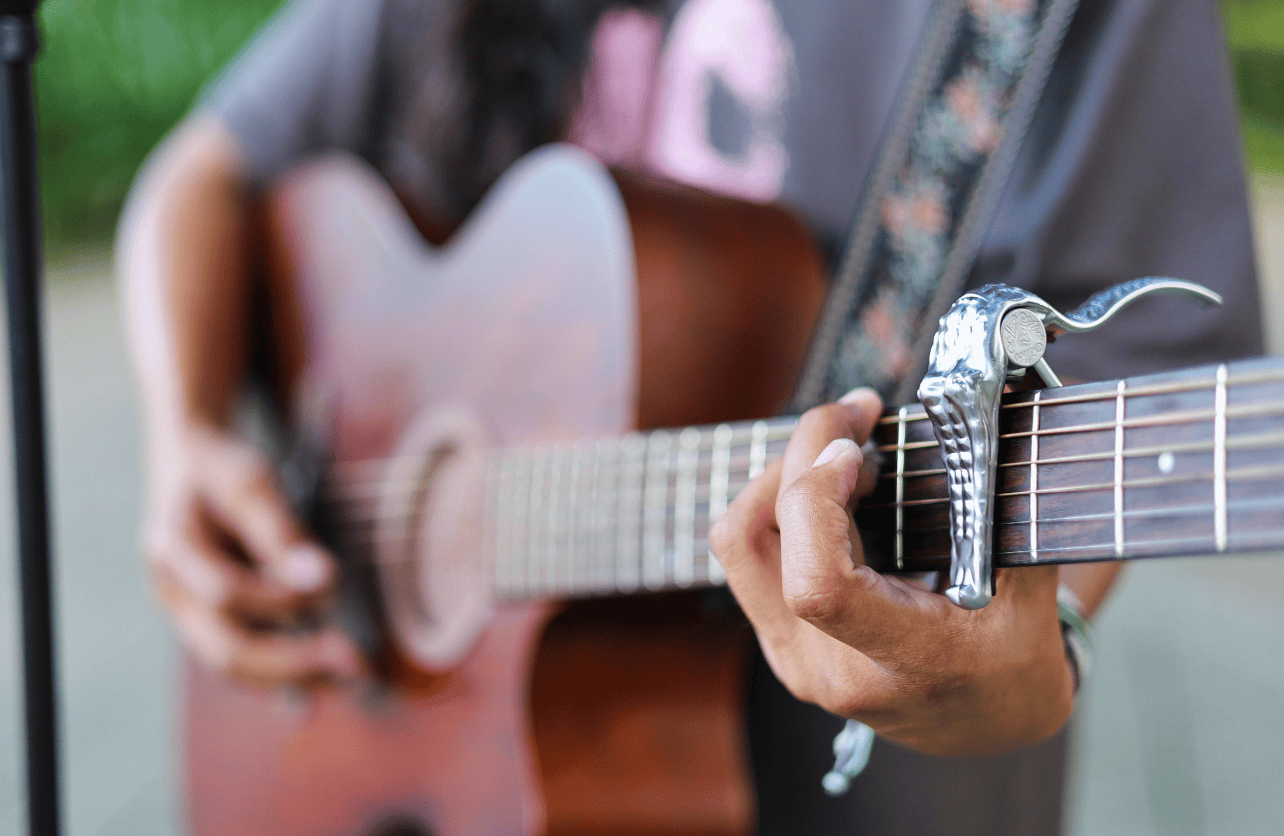Does Using a Capo Affect the Guitar Neck?

For guitarists of all levels, a capo is an essential tool. It allows you to shift the pitch of your guitar without changing your finger positions, making it easier to play songs in different keys. However, many guitar players wonder whether regularly using a capo has any negative effects on the guitar’s neck. While the short answer is that a capo won’t inherently damage your guitar, how and when you use it matters.
The Relationship Between a Capo and the Guitar Neck
When you place a capo on the neck of your guitar, it clamps down on the strings, essentially acting as a movable nut. This increases the pitch of the strings and lets you play in different keys without needing to transpose chords. However, this added pressure does have a few implications.
1. Increased Tension on the Neck
A capo introduces extra tension to the neck by pressing the strings against the frets. While a properly installed capo is designed to distribute this pressure evenly, leaving it on for extended periods can cause unnecessary stress on the neck and truss rod over time. This is particularly true for capos that apply more pressure than necessary or if the guitar is stored with the capo clamped on for long stretches.
Potential Wear and Tear
Finish Damage
One of the most common issues reported by guitarists is wear to the guitar’s finish, especially if the capo is left on when not in use. Guitars finished with nitrocellulose lacquer, in particular, are susceptible to visible indentations or discoloration where the capo contacts the neck.
Fret and String Wear
Because the capo presses down on the frets and strings, using it too tightly or too often can accelerate wear. Over time, this might contribute to slight grooves in the frets, especially if you’re also applying a lot of finger pressure while playing.
Best Practices for Using a Capo

To avoid unnecessary damage or strain on your guitar, follow these simple habits:
- Remove the Capo After Playing: Don’t leave the capo on the guitar when it’s not in use. This relieves unnecessary pressure and reduces the risk of finish damage.
- Use Adjustable Tension Capos: Models that allow you to fine-tune the amount of pressure applied are better at protecting both the neck and the strings. You want just enough pressure to hold the strings down without squeezing too tightly.
- Check for Clean Padding: Make sure the capo’s padding is clean and in good condition. Dirt or worn-out padding can scratch the guitar’s finish or apply uneven pressure.
- Inspect Regularly: Every so often, check the frets and the area where the capo contacts the neck for signs of wear or damage.
Do Certain Guitars Handle Capos Better?
The construction of the guitar plays a role in how it responds to repeated capo use. Guitars with thicker neck profiles and stronger truss rods may be less affected by the added tension compared to those with slimmer necks or more delicate builds. However, regardless of construction, following good capo habits will minimize risk across the board.
Final Thoughts
Capos are incredibly useful tools that shouldn’t pose a threat to your guitar’s neck when used responsibly. The key is to avoid leaving them on unnecessarily, use appropriate tension, and ensure they’re well-maintained. With proper care, a capo will enhance your playing options without causing any lasting harm to your instrument.
Your Trust, Our Core Commitment
At Rising Tech, earning and maintaining your trust is the cornerstone of our mission. We're dedicated to transparency, impartiality, and the relentless pursuit of truth in every article, review, and recommendation we publish. Our commitment to these principles ensures that you, our valued reader, are always equipped with reliable and unbiased information. Let us be your trusted guide in the ever-evolving world of technology.